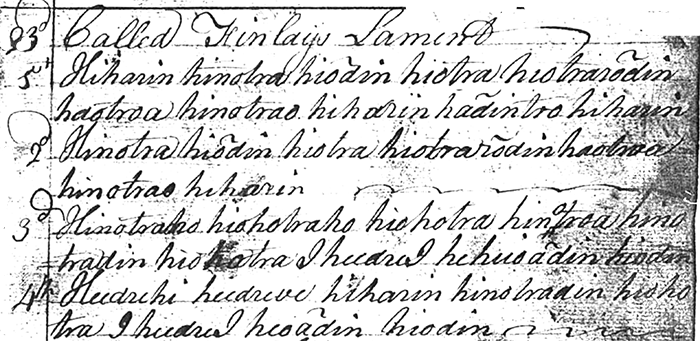
The non piobaireachd player may be wondering what this ‘canntaireachd’ (pronounced approximately ‘can-cher-ach’) is. No mystery, no big deal. It’s just mouth music, a sort of formulated diddling common in folk traditions the world over.
In Scotland, when we had a sense of humour, it has been characterised in the music hall as ‘heedrum-hawdrum’, or, when inverted for comic effect by the Glasgwow folksinger Matt McGinn, ‘you haw der um an’ ah’ll hee der um’ (ask a friend).
By Robert Wallace
More seriously, our canntaireachd has been credited with forefathering mainstream music’s tonic sol fa, a word representing each note in the octave, the doh, ray, me we all learned at school and didn’t understand.
Before the advent of staff notation in the late 18th century, canntaireachd was the only means by which pipers could pass on tunes on paper, with words representing specific notes and particular fingering movements.
To give you an example; our low A with a high G gracenote is represented by the vocable hin. A taorluath by darid. Hindarid is the result and it neatly represents, with a minimum of fuss, the required rhythm of the movement.
The big drawback with canntaireachd was always the lack of any note value, exactly what we do get from staff notation. In times past, if you forgot the way of a tune there you were trudging over the hill again or paddling up the loch to get the gist once more from your source.
These days it is important that all students learn to sing piobaireachd (and ceol bèag melodies), but it is not necessary to use our official mouth-music, Nether Lorn Canntaireachd (NLC), when doing so.
The beginner will do perfectly fine singing in his local argot provided the melodic rhythm of the tune is adhered to. Nor should he worry about his voice. This is not, after all, the ultimate means of delivery – the pipe is.
This accepted, what, you may ask, is the point in learning the official ‘piper’s language’. Well, for one, it allows you to explore for yourself old tracts such as the Campbell Canntaireachd (CC) in their raw state, just as they have come down to us.
You’ll find them on the Piobaireachd Society website (a good example heads this article), and once the vocables are understood you will, when you confront them, cease to feel like that humble shepherd stumbling on the Dead Sea Scrolls. He knew they were significant but was blind to their meaning.
Furthermore, most SQA piping exams rightly require candidates to have a good knowledge of the NLC. Lastly, there’s knowledge for knowledge’s sake. Never a bad thing.
To begin, sing the notes in the following table from high A down. (Unless you are a trained singer, it is not easy to sing an octave accurately starting one note below the tonic low A.) We start with the plain scale without gracenotes:
| Note | Written | Sung |
| high A | I | ee |
| high G | di, vi | dee, vee |
| F | ve, dhe | vay, tay |
| E | e, de | ay (as day), day |
| D | a, da, ba | ah, dah, bah |
| C | o | oh |
| B | o | oh |
| low A | en | en, or un |
| low G | em | em, or um |
Now the scale with a high G gracenote. This time start from low A:
| Note | Written | Sung |
| high G | hi, chi | hee, chee |
| F | he | hay |
| E | che | chay (as chair) |
| D | ha | hah |
| C | ho | hoh |
| B | hio | hee-oh or hyo |
| low A | hin | hin, or hun |
| low G | him | him, or hum |
And so on. There’s no room here to represent the full NLC syntax but you can download this PDF and study it at your leisure. Be a Better Piper; Be the Complete Piper: learn canntaireachd, the piper’s language.
- Much more on this on the Piobaireachd Society website at www.piobaireachd.co.uk

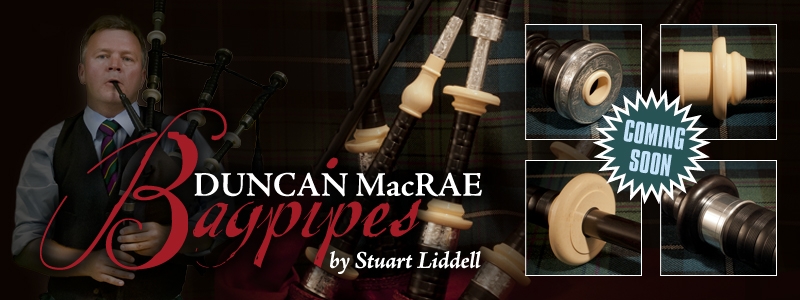
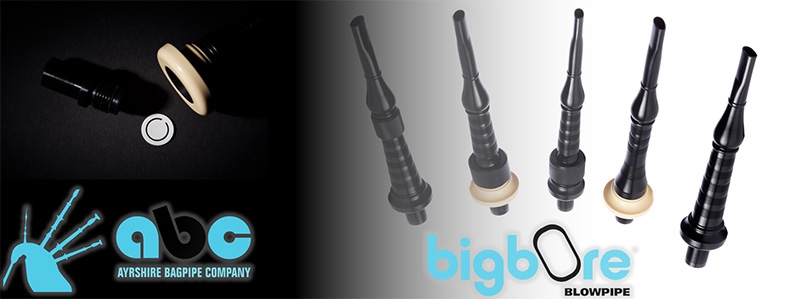
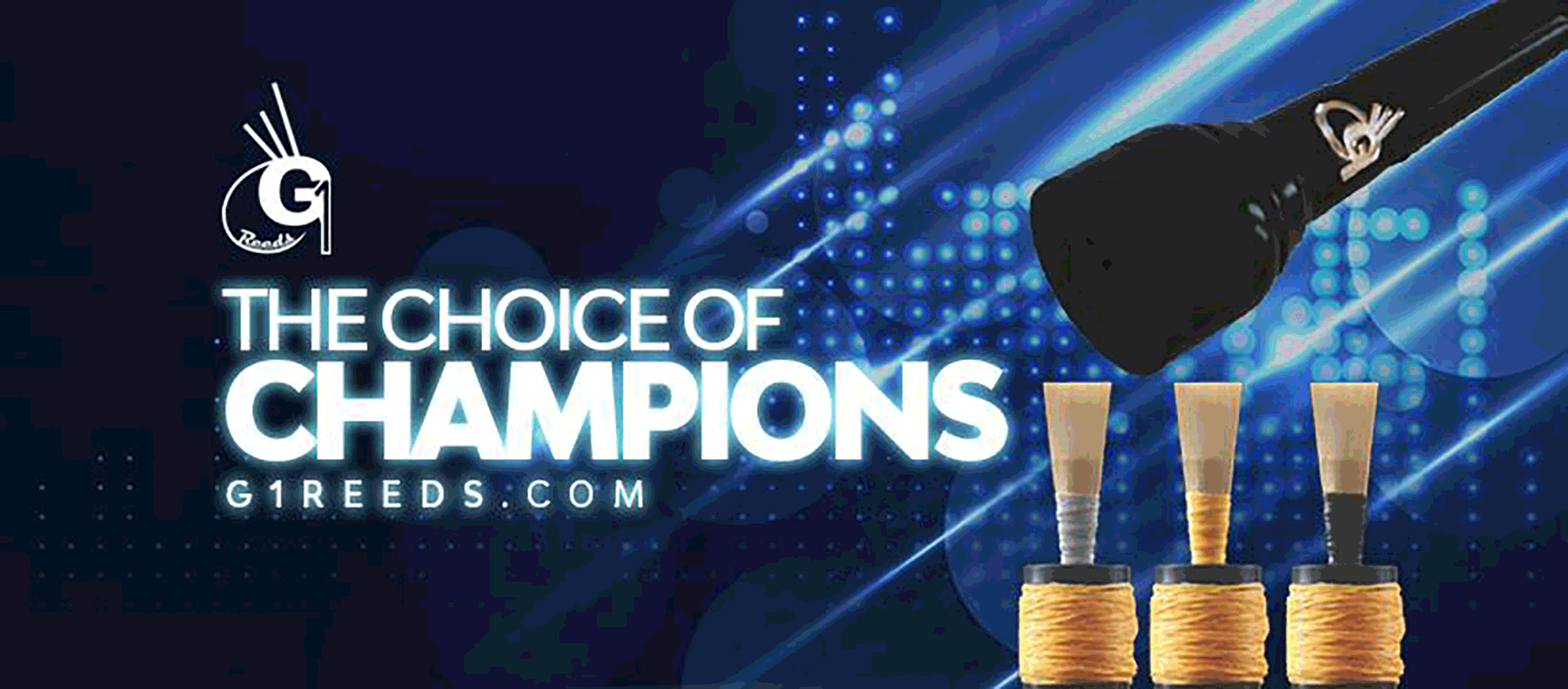



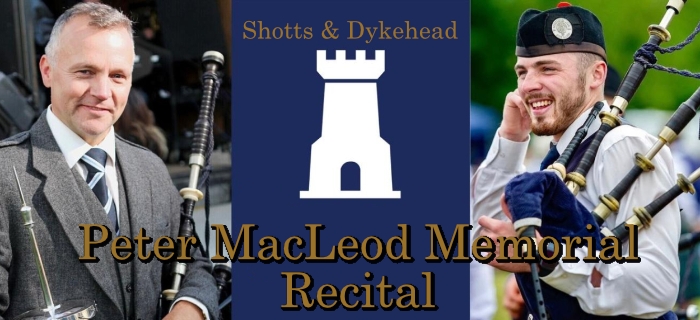
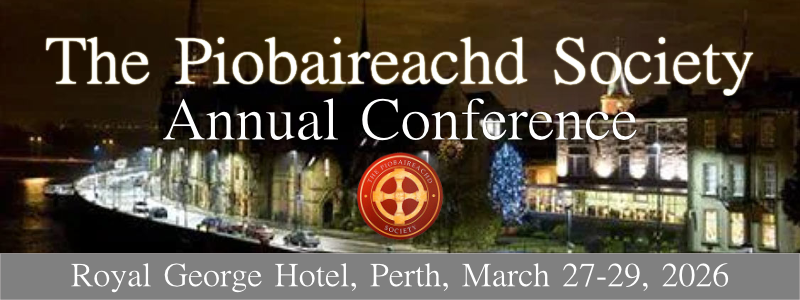
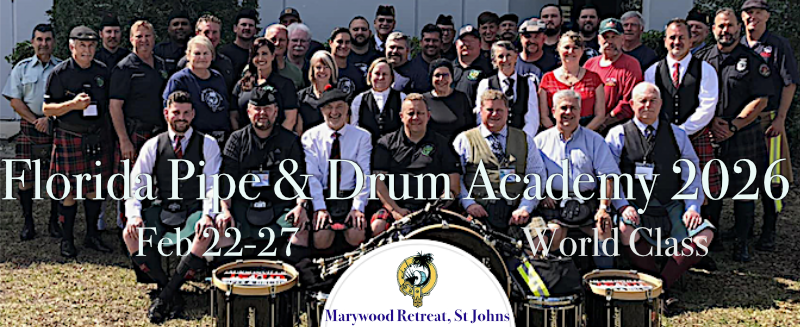
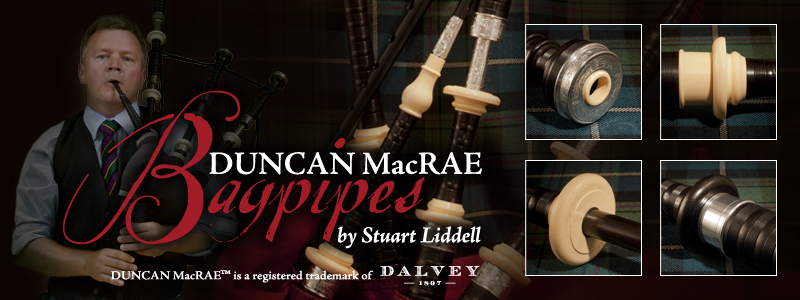
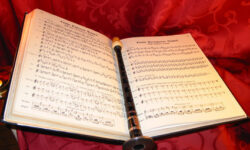
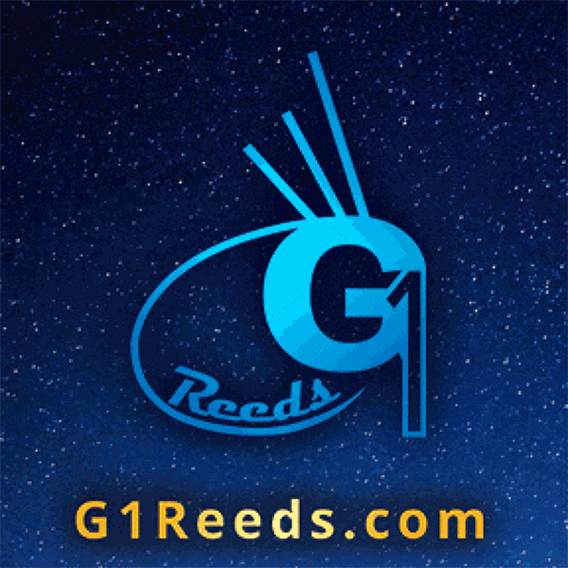
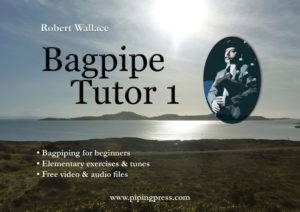
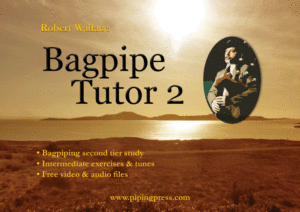
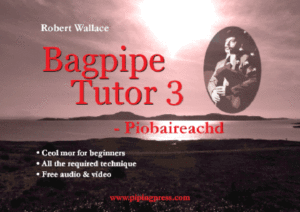
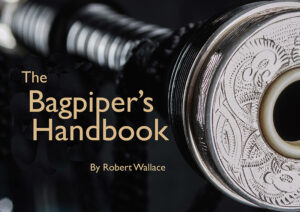
The article is eye opening. I have been listening to my son playing pipiobaireachd over the years but never realized that the singing part is so essential to pipiobaireachd. I searched for some recordings and they no doubt added another dimension to the appreciation of this music. I wonder why the Piobaireachd Society website doesn’t have a section dedicated to Canntaireachd teaching. It is a shame that singing seems to be missing from the students’ learning pipiobaireachd now days. Many are not even aware of Canntaireachd.
Good article, Robert. On this theme, I remember being given a CD by James Barrie, playing piobaireachd while his father, William, sang canntaireachd in the background. They may have made a couple of those before his father (who was in his 90s in the recording) passed on; but I thought the one he gave me was lovely.
Thank you very much for sharing this. It’s absolutely fascinating. My Dad used to pace up and down, singing what he called the hee-drum ho-drums to me as a baby, although I suspect he was using me as a bagpipe!
‘O’ and ‘O’ still bewilders me: I’ll stick with Simon Fraser’s version.
Alastair,
Would you please share the SF version? subvetpiper@gmail.com
In bewilderment,
Rich